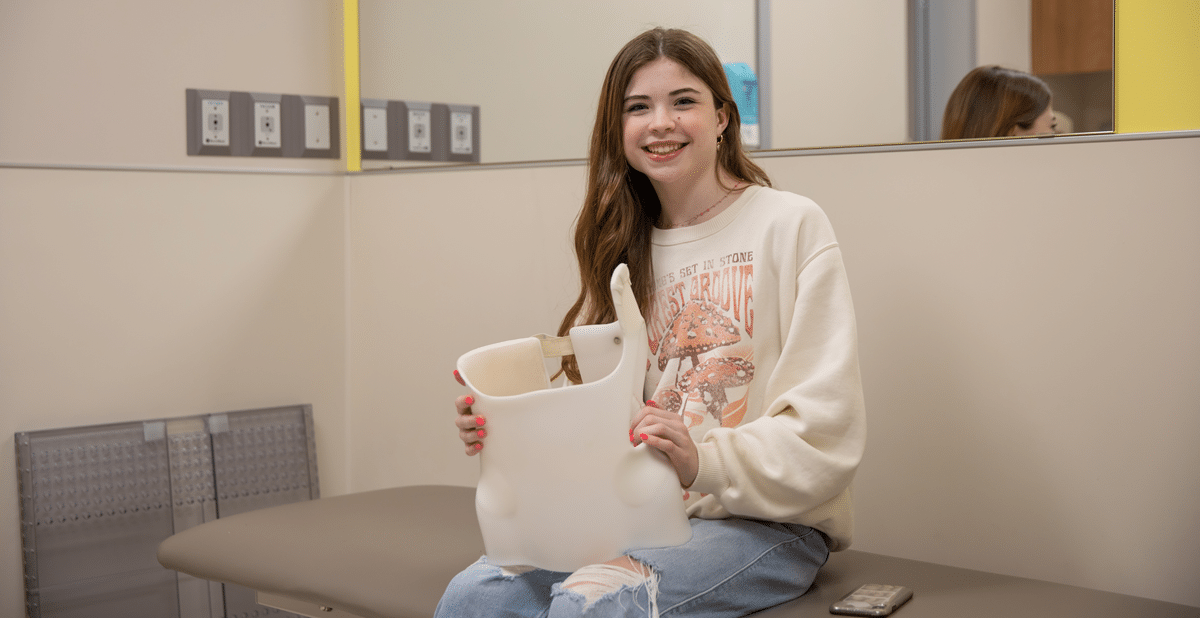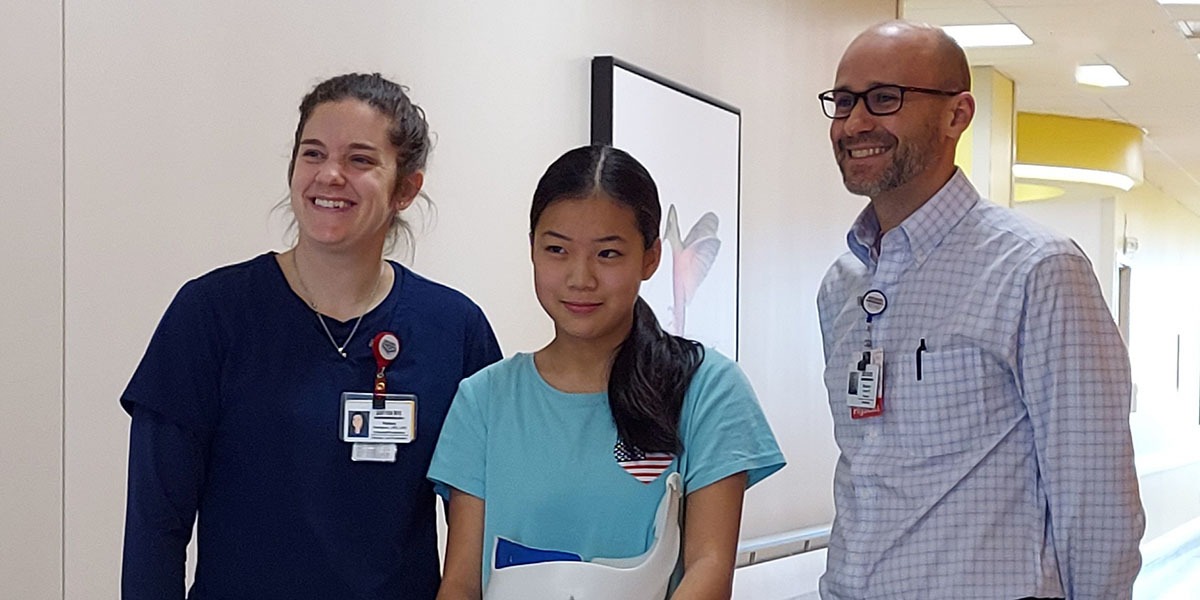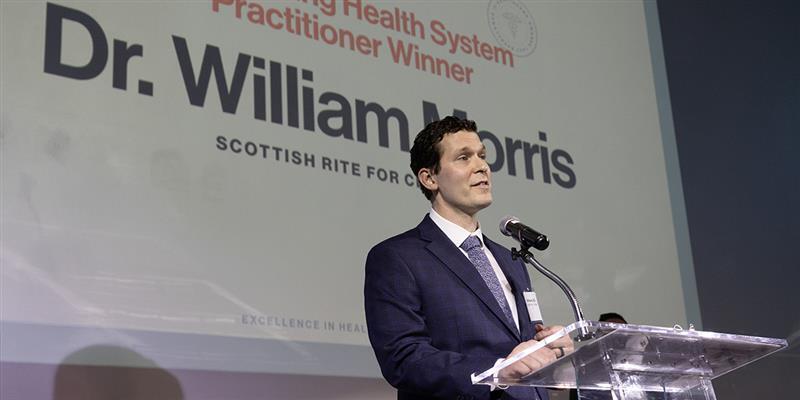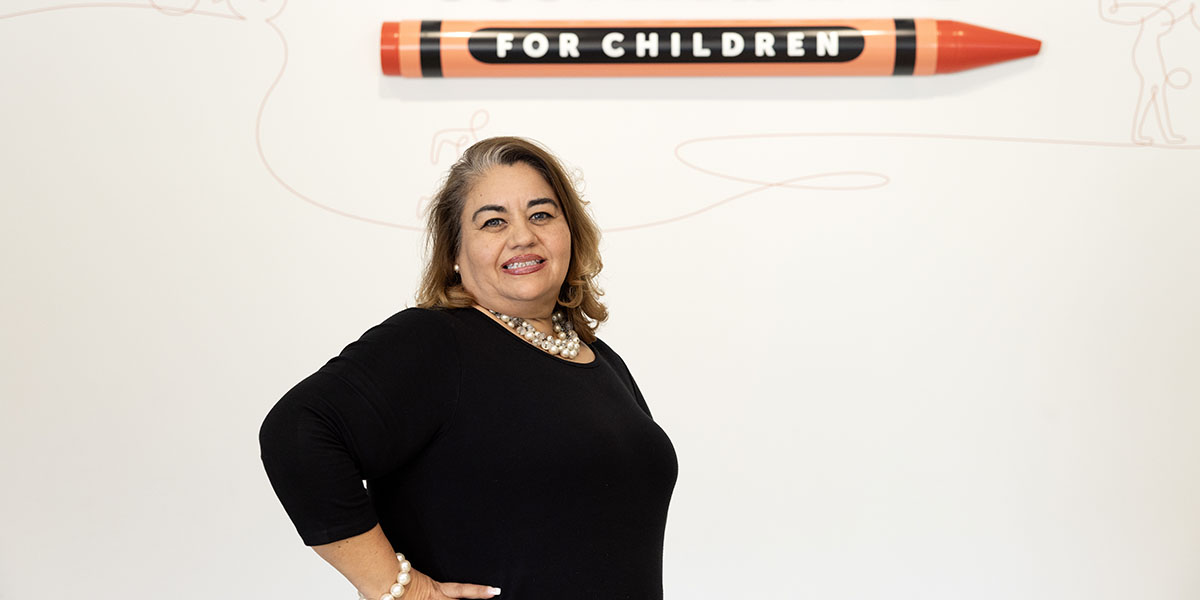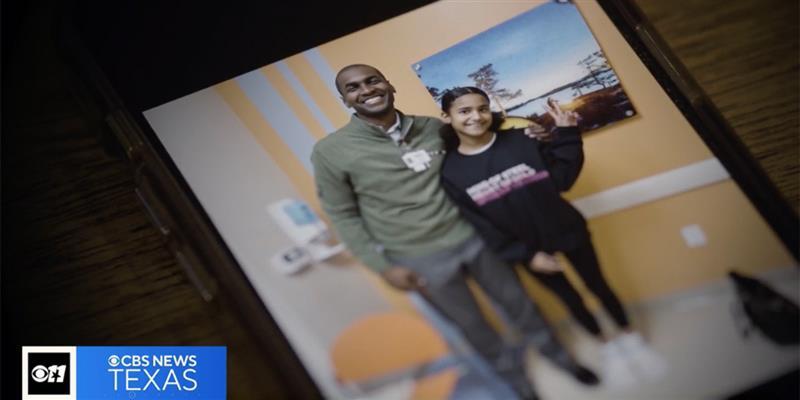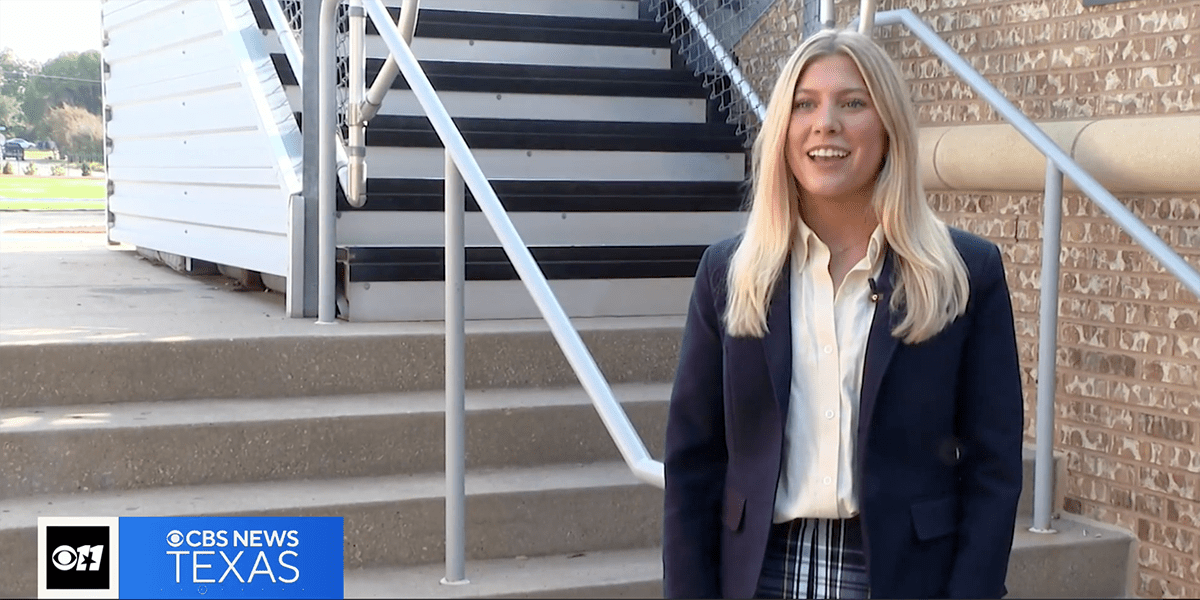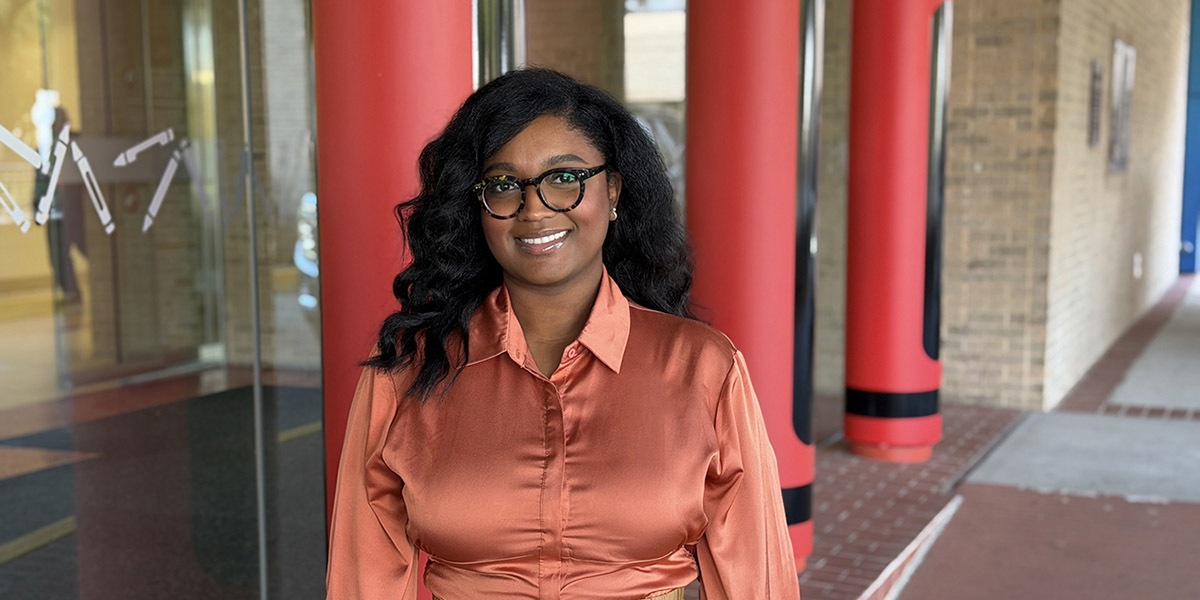Scoliosis is a common orthopedic condition that affects between 2% to 3% of the population. This abnormal sideways curvature of the spine can range from mild to severe, with varying health impacts. Scoliosis must be monitored until children stop growing, and moderate to severe curves will need corrective treatment. However, different types of scoliosis have different prognoses and may require different types of treatment.
What Is Scoliosis?
Prior to learning about the different forms of scoliosis, it helps to first understand what this condition is and how any form of the disease can affect a child.
Scoliosis happens when a child’s spine curves sideways. Normally, the spine is straight or has a slight S-curve when you look at it from the side — the top of a child’s back may curve out a little bit, and their lower back may curve in slightly. In children with scoliosis, the spine curves or twists in an S- or C-shape.
Mild cases may only limit a child’s flexibility, but severe cases can cause deformities and serious health problems, such as:
- Arthritis
- Back pain
- Breathing problems or other lung issues
- Heart problems
- Paralysis
- Problems walking, standing or doing other physical activities
Whether mild or severe, the form of scoliosis your child has can also play a role in its long-term impacts. Below are five common types of scoliosis.
Idiopathic Scoliosis
Idiopathic scoliosis, also called adolescent idiopathic scoliosis, is the most common type of scoliosis. It affects around 80% of children with scoliosis. It typically shows up at age 10 or later and has no known cause, although there is a genetic connection. About 30% of children with idiopathic scoliosis have a family history of scoliosis. Despite what many parents or kids may think, carrying a heavy backpack or slouching will not cause scoliosis.
Treatment for this type of scoliosis depends on the severity of your child’s spinal curve, defined as:
- Mild, less than 20 degrees
- Moderate, between 25 degrees and 40 degrees
- Severe, greater than 50 degrees
Regardless of severity, many children with scoliosis benefit from physical therapy (PT). PT helps reduce pain and improve breathing, while also preventing a curve from getting worse.
Children with mild curves may simply need monitoring every six to 12 months to ensure a curve is not getting worse. Moderate curves may require a child to wear an orthotic back brace daily for months or even years.
Braces are usually successful in stopping the curve from progressing to a point of needing surgery. Severe curves or moderate curves that do not get better with bracing may require spinal surgery. Spinal fusion is the most common type of surgery for severe adolescent idiopathic scoliosis, but some patients may benefit from a newer technique, vertebral body tethering (VBT).
Congenital Scoliosis
Congenital scoliosis is a form of the condition that exists when a child is born. A rare birth defect, congenital scoliosis occurs in only 1 in 10,000 children. There are several different types of congenital scoliosis, each affecting how the spine curves abnormally in different ways. All can cause serious problems in children’s growth.
Many children with congenital scoliosis are not diagnosed until the problem becomes noticeable later in childhood or during the teenage years. Unlike idiopathic scoliosis, congenital scoliosis usually cannot be helped by bracing. Children with mild curves will still likely only need monitoring, but those with moderate to severe curves may need surgery.
Neuromuscular Scoliosis
Neuromuscular scoliosis is caused by medical conditions that impact the muscular or neurological systems. These conditions can affect a child’s muscle balance or how the body controls the muscles that support the spine.
Common neuromuscular conditions that lead to scoliosis include:
- Cerebral palsy
- Friedreich ataxia
- Muscular dystrophy, especially Duchenne
- Myelodysplasia
- Spina bifida
- Spinal muscle atrophy
- Spinal trauma, especially that causing paralysis
These conditions may require children with scoliosis to be in wheelchairs. For those children, wheelchair seats can be modified to improve balance.
Bracing may also help many patients with neuromuscular scoliosis, but it will not stop the progression of curves. Surgery may be an option, depending on the underlying medical condition and other factors.
Early-Onset Scoliosis
Early-onset scoliosis develops before age 10. In most cases, early-onset scoliosis is idiopathic. Treatment is crucial for preventing breathing problems or deformities later in life.
Infants and children younger than age 2 who have early-onset scoliosis may need to wear a cast for two to three months at a time. In children this young, casting is often easier than bracing.
If a very young child’s scoliosis is severe, they may need a special type of surgery that involves attaching a magnetic rod to the spine. The rod can be lengthened as the child gets older, at which point they usually have spinal fusion surgery.
Syndromic Scoliosis
This type of scoliosis is very rare and develops as part of another condition, such as:
- A connective tissue disorder, such as Marfan or Ehlers-Danlos syndrome
- Beale’s syndrome
- Down syndrome
- Prader-Willi syndrome
- Rett syndrome
Treatment options for syndromic scoliosis depend on the severity and the other health conditions involved.
Could Your Child Have Scoliosis?
Children are usually screened for scoliosis during their annual wellness exams, and they may be screened at other times, such as during school health screenings.
However, children grow quickly, so it’s important for parents to know the symptoms of scoliosis. Be on the lookout for signs such as:
- Back pain
- One shoulder blade that sticks out more than the other
- One shoulder, hip bone or rib cage that seems higher than the other
- Rounded shoulders
- The sense that your child’s head is no longer directly centered above the pelvis
- A sunken chest
Call your child’s pediatrician if your child experiences any of these symptoms or if you notice an unusual spinal curve when your child bends forward to touch their toes. Getting treatment early, no matter which type of scoliosis your child has, often leads to more successful outcomes.
If your child has been diagnosed with scoliosis, the Scottish Rite Center for Excellence in Spine is here to help. Schedule an appointment to discuss scoliosis care.


